Apparently there can still be life in a slaughterhouse. That was the case at Hawaiian Vanilla Company, which Jim Reddekopp and wife Tracy situated along a winding road high above the Pacific Ocean in a circa-1947 slaughterhouse that once supplied Portuguese sugar cane workers with meat.
The couple started their company in 1998, becoming the only commercial vanilla operation in the U.S. to produce the world’s second most expensive spice on the planet. They manage 20 acres, and Jim still operates EarthBound Tours, which schedules farm to table programs around the state.
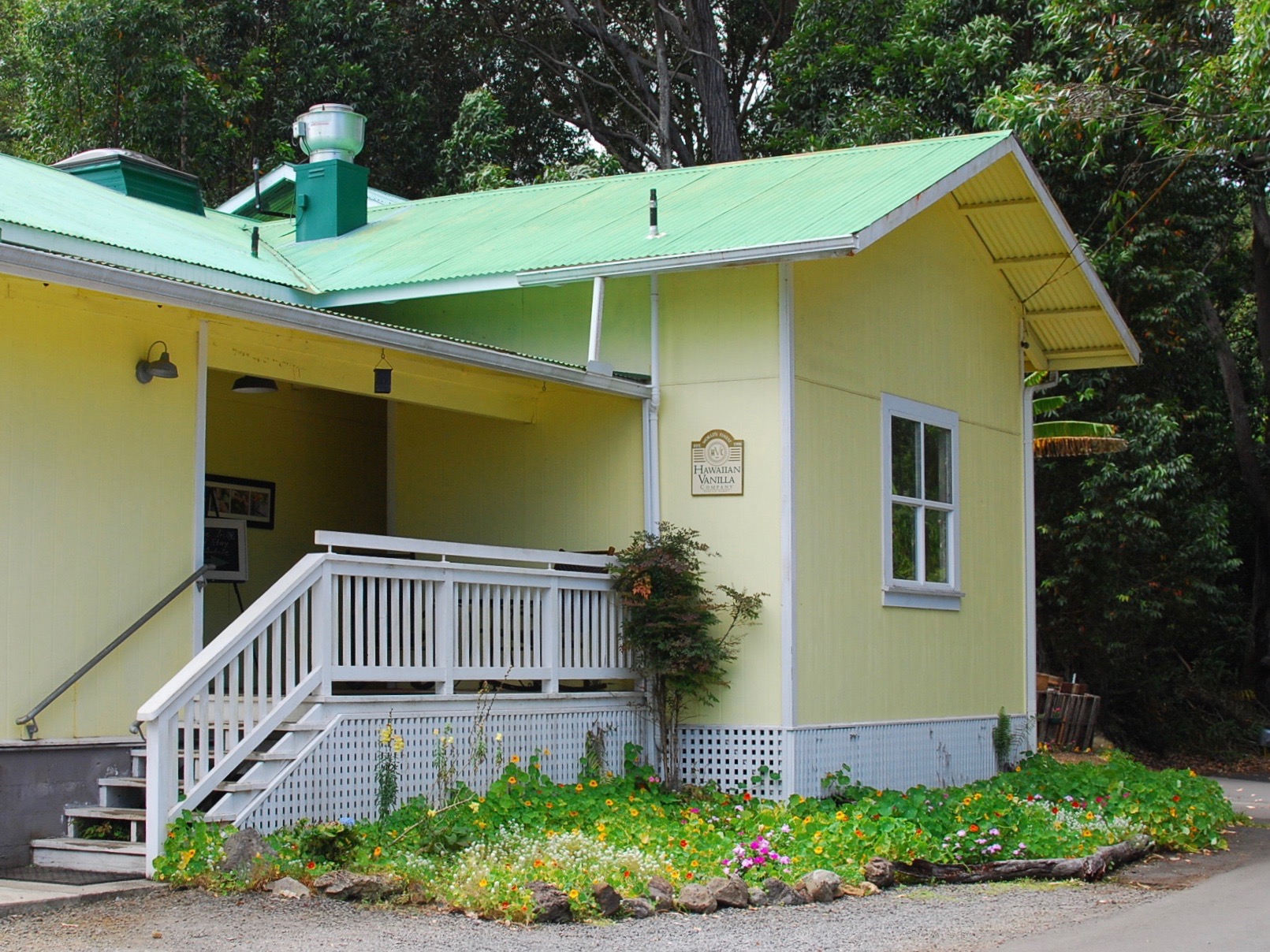
Enter the main building and find a retail room with a high ceiling, exposed rafters and corrugated metal painted canary yellow.
Hawaiian Vanilla Company hosts morning tastings, lunch and afternoon tea, to “add value to the experience.” If people like what they taste, of course they can buy vanilla products. As part of my tour of Hawaii, the Big Island Visitors Bureau arranged to have me experience one of HVC’s educational luncheons, which normally cost $39 per person.
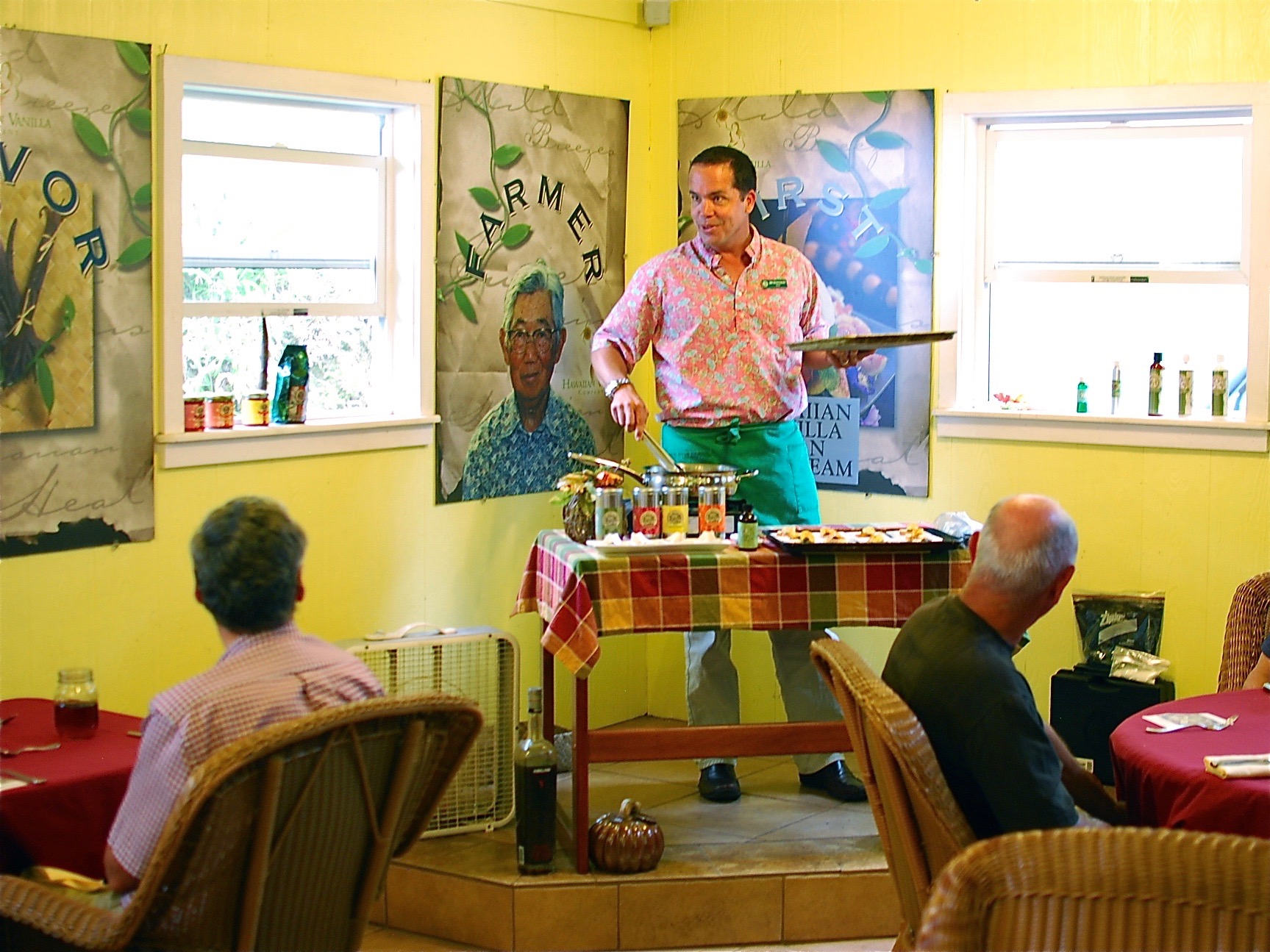
Jim Reddekopp started by demonstrating shrimp marinated in garam masala, served on crostini with mango chutney.
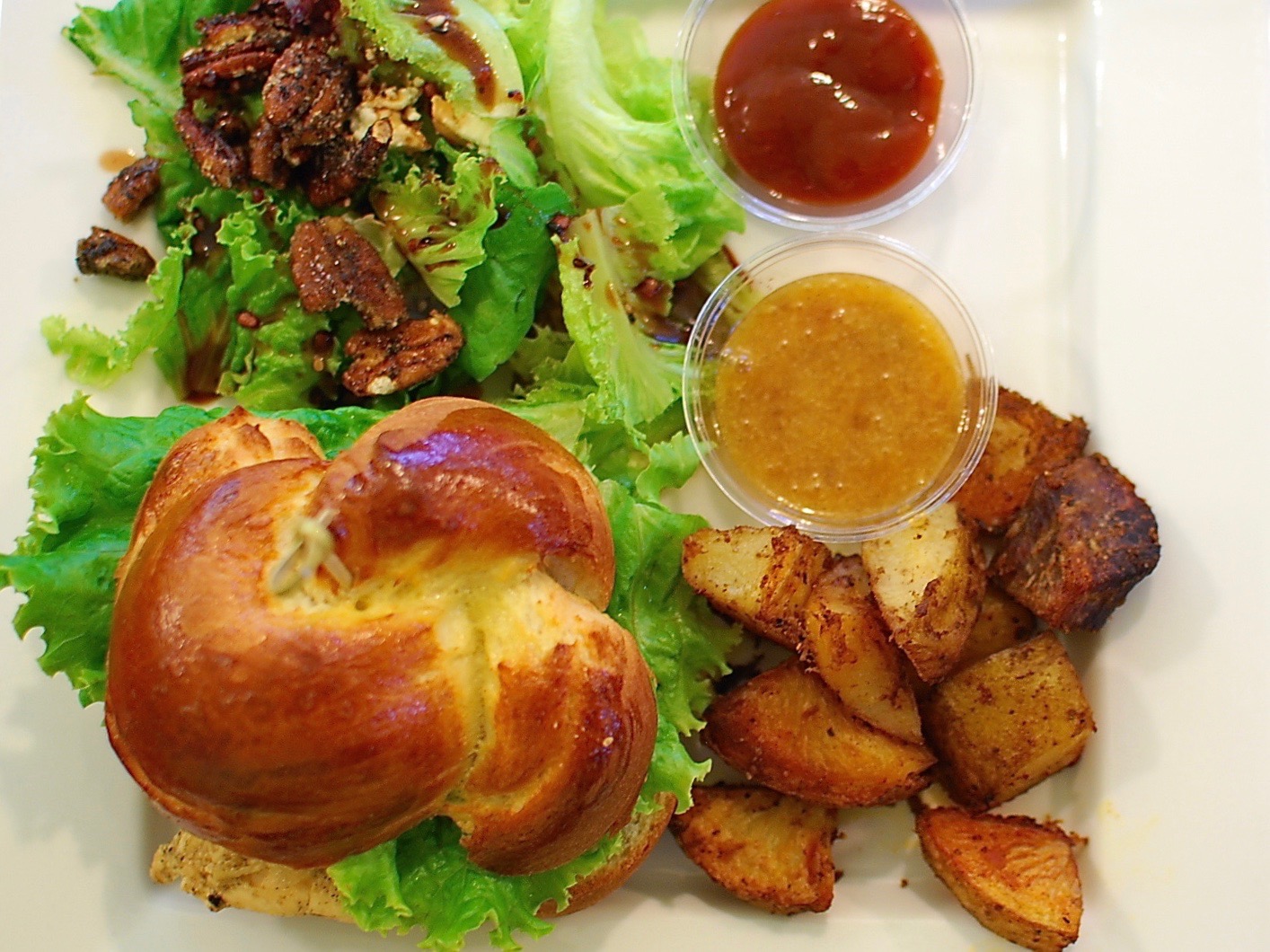
Tracy Reddekopp learned to cook out of necessity. Every item she makes involves – what else – vanilla.
Tracy marinated chicken in vanilla bourbon citrus, grilled and served it with vanilla caramelized onions and lettuce on house-made Hawaiian sweetbread that reminded me of challah. Roasted potatoes received a Southwest rub: chile and chocolate. A dish of barbecue sauce flavored with vanilla-infused whiskey and a salad with honey pepper pecans and Feta cheese completed the plate.
To drink, we received a choice of ice tea, lemonade or Arnold Palmer, all flecked with vanilla bean.
“When you’re cooking with real vanilla, you get the true flavor,” said Jim Reddekopp. Vanilla extract, by law, has to be about 70% water and 30% alcohol, with a pound of vanilla beans. He added, “The more vanilla you use, the faster it becomes an extract.”
Reddekopp had a fun story about his vanilla-infused whiskey and rum, which rested in barrels in the dining room. When they went shopping for whiskey at a big box store, his young son apparently wheeled up the liquor-filled shopping cart to the register, and it took the cashier by surprise. It was easy to see why. Their whiskey and rum required 200 bottles each, and about 10 pounds of vanilla beans in each barrel, which are American oak, medium toast, with a note of vanillin from the wood. Reddekopp said they break out the alcohol for special events, and that it goes well in a whiskey sour, or barbecue sauce.
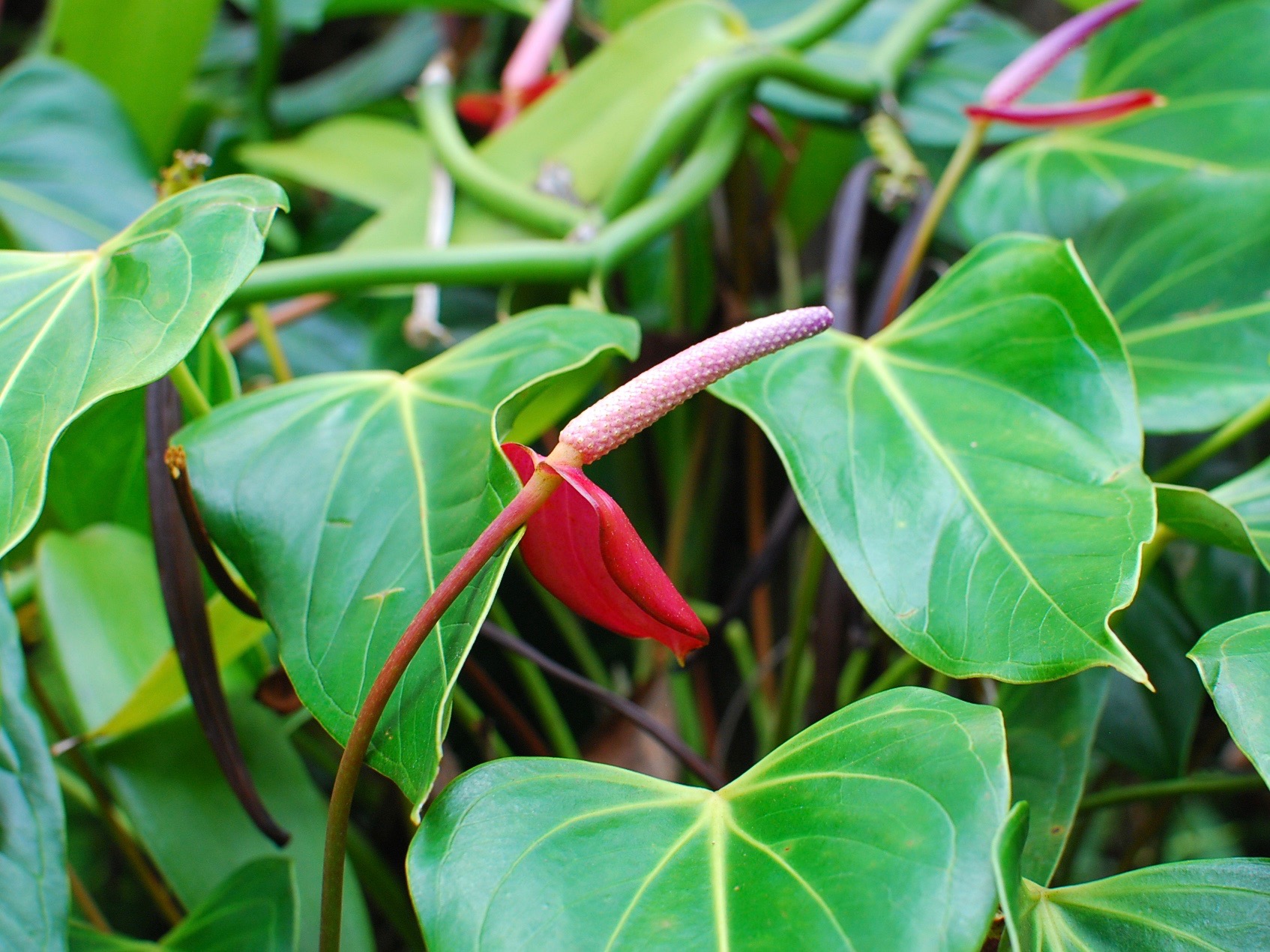
We learned that 120 varieties of vanilla orchids exist, but only two are commercially produced.
One vanilla variety originated in Veracruz, Mexico, and its first use was as a Native deodorant. Moctezuma soon applied vanilla to culinary pursuits, producing a drink using corn, vanilla, honey and cacao. Prior to our visit, they just purchased 500 cuttings from India, which ended up in quarantine for 60 days. It takes a year-and-a-half for the cuttings to grow enough to yield vanilla.
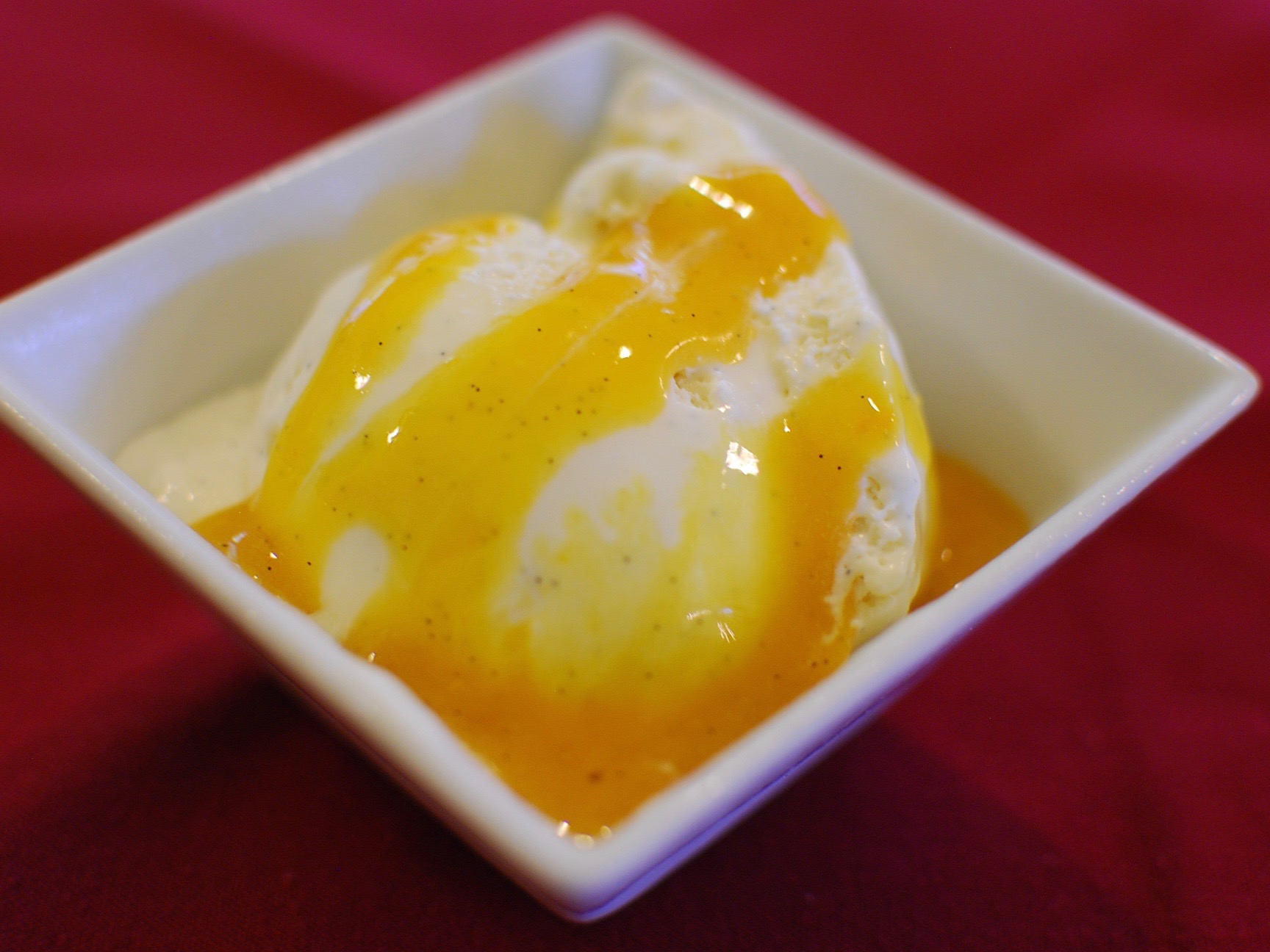
We received a scoop of vanilla ice cream doused in sweet tart lilikoi curd, made with one of Hawaii’s only seasonal fruits. They provided the option to drink local coffee, roasted by Hilo Coffee Company.
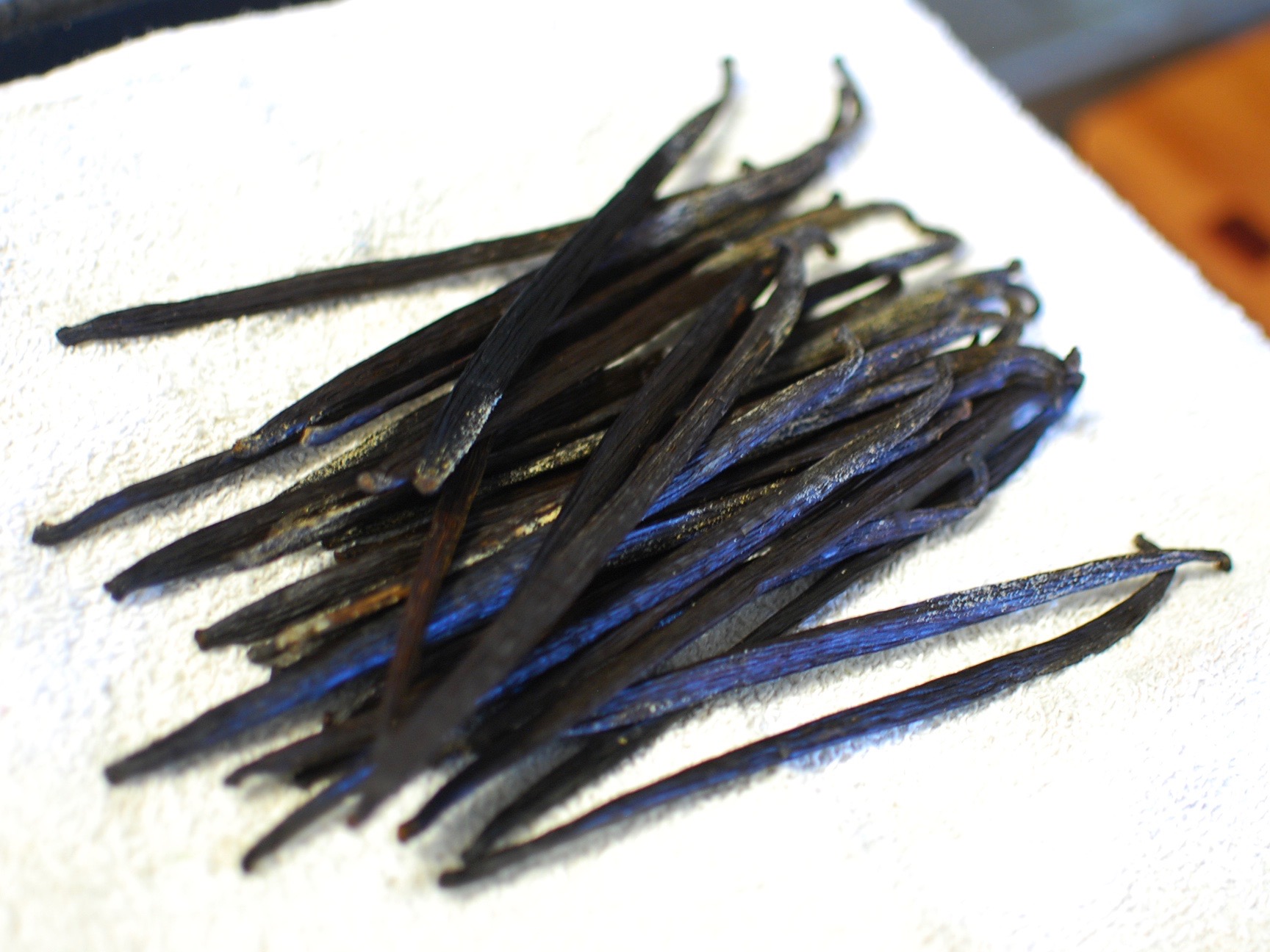
Rosalani Dairy on Maui uses HVC vanilla beans, and they factor into Maui Brewing Company root beer.
After lunch, we walked down the road to the farm, passing all sorts of abundant flora on the way, including koa, a hardwood that native Hawaiians used to make boats and weapons. We passed by a grove of young trees, which grow to 4-5 feet around within 50 years. We also passed coffee, banana, guava, frois de bois and ginger. We even spotted mimosa, a “tactile plant” that moves when you touch it.

Vanilla grows above ground in troughs of black “shade cloth” to better drain, aerate and separate sick plants. Instead of soil, they live in Orchid bark and New Zealand coconut husk.
It’s possible to pollinate 800-1000 vanilla flowers per day. Their vanilla is the same as Madagascar, India and China, but different than the variety in Tahiti or Papua New Guinea. Mexican vanilla apparently gets a bad rap due to rampant quality control issues.
Hawaiian Vanilla Company delivered one of the more interesting farm visits during my trip to Hawaii, and unlike most of the other farms, we actually had an opportunity to taste the prized product.


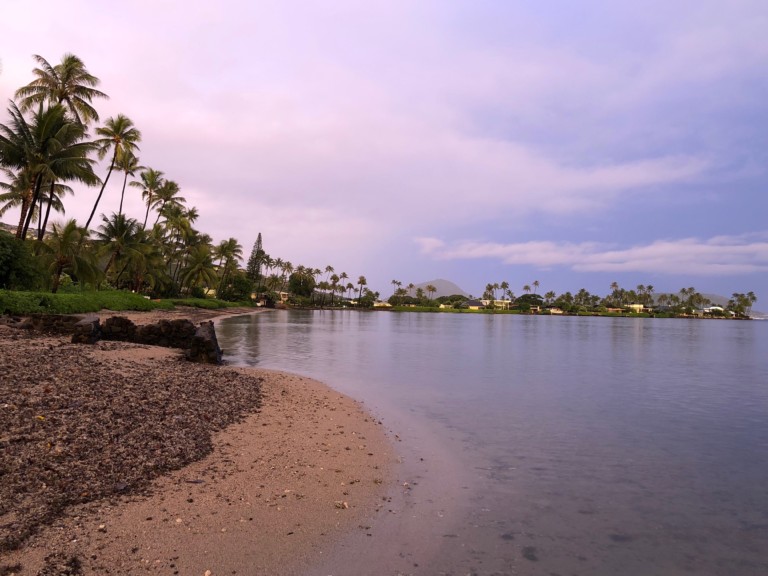
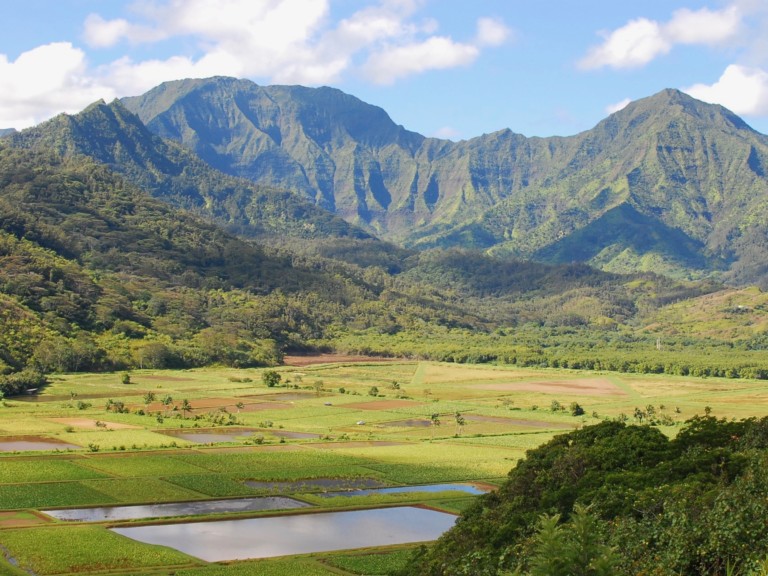





Leave a Comment